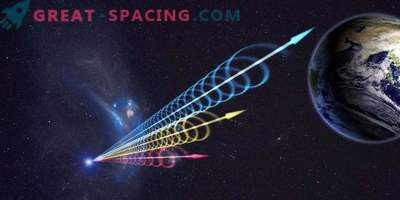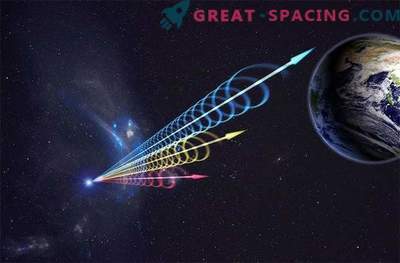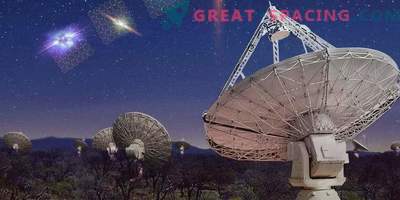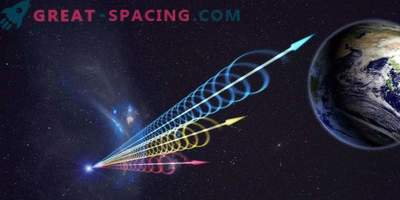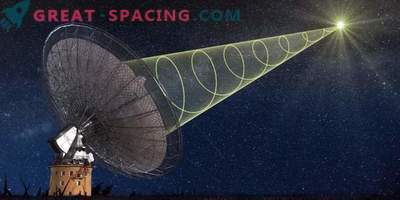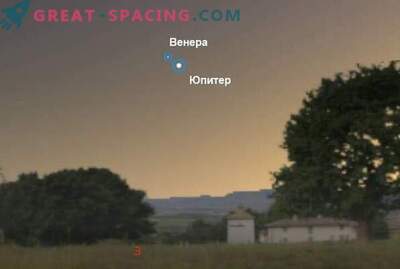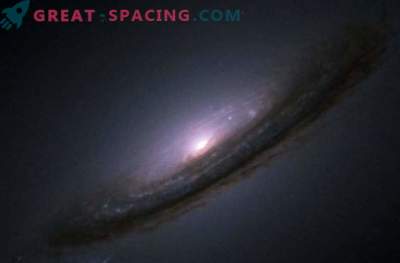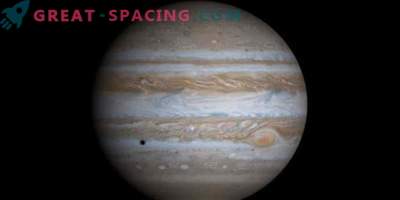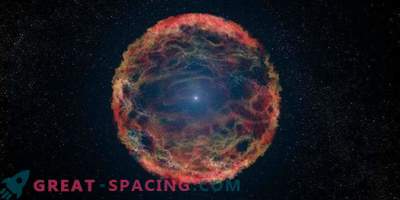
Researchers used AI to search for radio signals created during radio bursts. They use similar algorithms to search for new types of signals from extraterrestrial civilizations.
Artificial intelligence encompasses a growing field of activity. Now he has touched astronomy and a program for finding intelligent life in the Universe (SETI). Researchers used computer-based training to find 72 new fast radio bursts (FRB) from a mysterious source that is 3 billion light-years distant from Earth.
FRB - bright pulses of radio emission with a duration of a millisecond. They are believed to come from distant galaxies, but the exact source remains a mystery. Theories encompass strongly magnetized neutron stars, detonated gas streams from supermassive black holes, or messages from advanced alien technologies.
This is a fascinating study, as it allows you to dive into the dynamic behavior of FRB in more detail. SETI is actively committed to exploring these features, providing a chance to find intelligent life in space. Scientists use a successful machine learning algorithm to search for new types of signals. Usually, FRBs are considered to be disposable, but the source of FRB 121102 can be called unique, because it releases repeated bursts. This unconventional behavior has attracted the attention of many researchers. AI algorithms were registered for 5 hours on August 26, 2017 using the Green-Bank (West Virginia) radio telescope. In an early analysis of 400 terabytes of data, standard computer algorithms were used to identify 21 spikes during this period. All of them are seen within an hour, suggesting that the source alternates periods of rest and incredible activity.
The new powerful AI algorithm re-walked according to the data of 2017 and recorded another 72 bursts that were not initially found. This means that the total number of FRBs from FRB 121,102 reaches about 300 (since it was studied in 2012). The algorithm is based on an ultra-accurate neural network that recognizes bursts detected by the classical search method.
The results made it possible to establish new restrictions on the frequency of the pulses from FRB 121,102, assuming that they are not accepted with a regular pattern, and the pattern period exceeds 10 milliseconds. FRB measurements will help find out exactly what these mysterious sources are.



